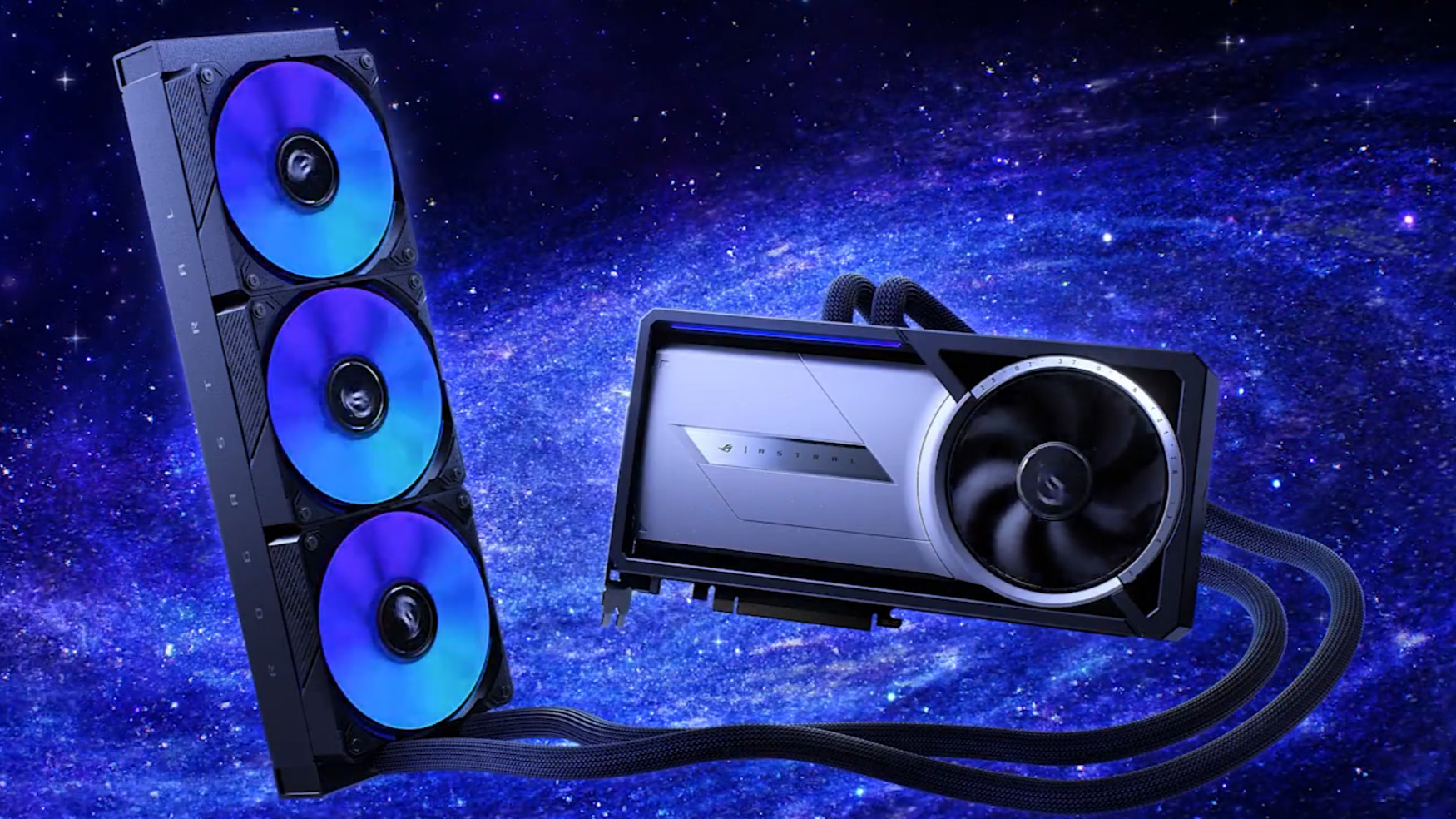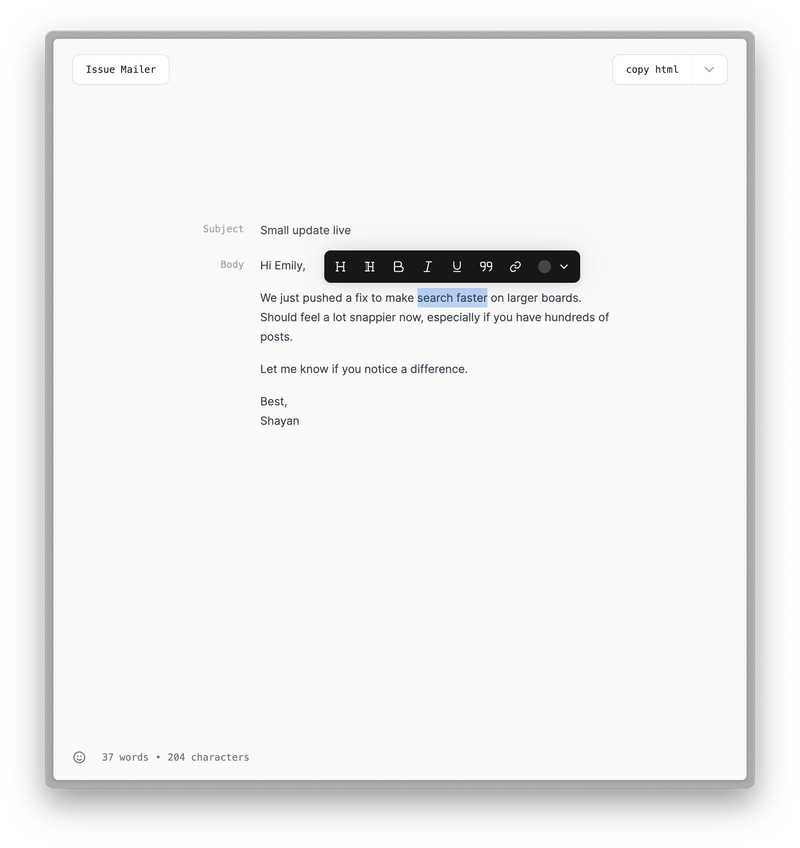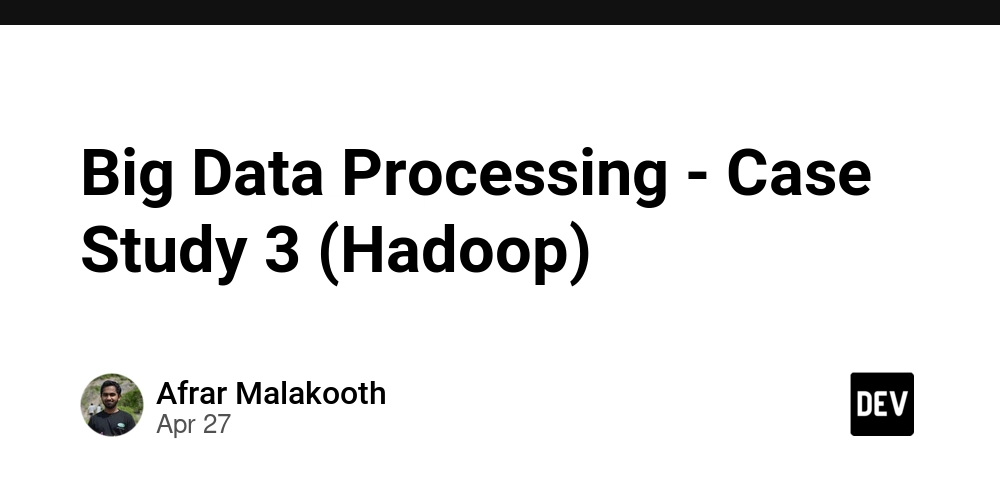Docker: The Developer’s Secret Weapon for Conquering Chaos
Hey, Dev.to crew! Let’s talk about something that’s less of a tool and more of a superhero in the developer’s universe: Docker. If you’ve ever muttered “it works on my machine” while watching your app crash spectacularly in production—or if you’ve spent hours wrestling with dependency conflicts—Docker is here to save your sanity. This isn’t just another tech tutorial; it’s a love letter to a tool that’s transformed how we build, ship, and run applications. Buckle up, because we’re diving deep into why Docker is a masterpiece every developer needs to master. The Chaos Before Docker: A Developer’s Nightmare Picture this: You’ve just finished coding a killer app. It runs flawlessly on your laptop. You push it to the test server, and… boom. Errors everywhere. The database version’s off by a hair, the OS is different, and some random dependency is missing. Sound familiar? This is the “it works on my machine” curse—a rite of passage for developers that Docker swoops in to obliterate. Docker’s secret sauce? Containers. Think of them as tiny, self-contained universes where your app lives with everything it needs: code, libraries, dependencies, and configs—all bundled up and ready to roll, no matter where you deploy them. Unlike clunky virtual machines that lug around an entire OS, containers are lean, mean, and lightning-fast, sharing the host’s kernel to keep things lightweight. It’s like giving your app a portable home that works everywhere. Why Docker is a Developer’s Dream Come True Docker isn’t just about solving problems—it’s about making your life as a developer smoother, faster, and dare I say, fun. Here’s how it levels up your workflow: Consistency That Actually Works No more “works here, fails there” drama. Containers ensure your app runs the same way on your MacBook, a Linux server, or a cloud cluster. It’s like having a universal translator for environments—your code speaks the same language everywhere. Isolation Without the Headache Got two projects with clashing versions of Python or Node.js? Docker’s got your back. Each container is its own little bubble, so you can juggle multiple setups without tripping over “dependency hell.” It’s like having separate workspaces that never spill into each other. Reproducible Magic with Dockerfiles Ever tried explaining your setup to a teammate only to realize it’s a mess of “install this, tweak that”? With a Dockerfile, you script your environment in a few lines. Anyone can rebuild it exactly the same way. It’s reproducible brilliance—your app’s recipe, ready to share. Collaboration on Steroids Enter Docker Hub, the GitHub of containers. Need a Postgres database or a Redis instance? Pull a pre-built image and go. Want to share your own setup? Push it to Docker Hub. It’s a treasure trove of ready-made solutions that cuts setup time from hours to minutes. Docker in Action: Real-World Wins Docker isn’t just theory—it shines in the wild. Here are some scenarios where it flexes its muscles: Deploying a Web App Like a Boss Say you’re building a web app: a React frontend, a Node.js backend, and a MongoDB database. Without Docker, syncing those pieces across environments is a nightmare. With Docker, you containerize each part and use Docker Compose to orchestrate them. One command—docker-compose up—and your whole stack is live, locally or in production. It’s like conducting an orchestra with a single wave of your hand. # docker-compose.yml example version: '3' services: frontend: image: my-react-app ports: - "3000:3000" backend: image: my-node-api ports: - "5000:5000" mongo: image: mongo:latest ports: - "27017:27017" Dev Environments That Don’t Suck Starting a new project? Pull a Docker image with the exact tools you need—say, Python 3.9 with all your fave libraries—and code away. Done? Trash the container and start fresh. No more lingering junk clogging up your machine. Machine Learning Made Easy Docker’s a rockstar in data science too. Package your TensorFlow model with its dependencies in a container, test it locally, then deploy it to a cloud GPU rig without breaking a sweat. It’s portability that powers innovation. Pro Tips to Master Docker Like a Ninja Ready to wield Docker like a pro? Here’s your cheat sheet: Slim Down Your Images: Big images are slow images. Use multi-stage builds to ditch build-time bloat and keep only what you need at runtime. Here’s a quick example: # Build stage FROM node:16 AS builder WORKDIR /app COPY . . RUN npm install && npm run build # Runtime stage FROM node:16-slim WORKDIR /app COPY --from=builder /app/dist ./dist CMD ["node", "dist/index.js"] Smaller, faster, happier deployments. Compose Like a Composer: For multi-container apps, Docker Compose is your best friend. Define your services, networks, and v
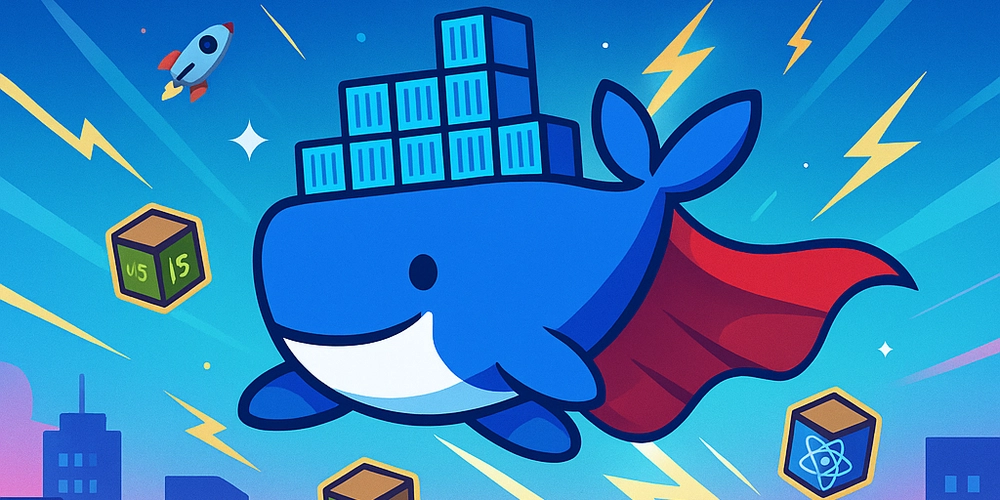
Hey, Dev.to crew! Let’s talk about something that’s less of a tool and more of a superhero in the developer’s universe: Docker. If you’ve ever muttered “it works on my machine” while watching your app crash spectacularly in production—or if you’ve spent hours wrestling with dependency conflicts—Docker is here to save your sanity. This isn’t just another tech tutorial; it’s a love letter to a tool that’s transformed how we build, ship, and run applications. Buckle up, because we’re diving deep into why Docker is a masterpiece every developer needs to master.
The Chaos Before Docker: A Developer’s Nightmare
Picture this: You’ve just finished coding a killer app. It runs flawlessly on your laptop. You push it to the test server, and… boom. Errors everywhere. The database version’s off by a hair, the OS is different, and some random dependency is missing. Sound familiar? This is the “it works on my machine” curse—a rite of passage for developers that Docker swoops in to obliterate.
Docker’s secret sauce? Containers. Think of them as tiny, self-contained universes where your app lives with everything it needs: code, libraries, dependencies, and configs—all bundled up and ready to roll, no matter where you deploy them. Unlike clunky virtual machines that lug around an entire OS, containers are lean, mean, and lightning-fast, sharing the host’s kernel to keep things lightweight. It’s like giving your app a portable home that works everywhere.
Why Docker is a Developer’s Dream Come True
Docker isn’t just about solving problems—it’s about making your life as a developer smoother, faster, and dare I say, fun. Here’s how it levels up your workflow:
Consistency That Actually Works
No more “works here, fails there” drama. Containers ensure your app runs the same way on your MacBook, a Linux server, or a cloud cluster. It’s like having a universal translator for environments—your code speaks the same language everywhere.
Isolation Without the Headache
Got two projects with clashing versions of Python or Node.js? Docker’s got your back. Each container is its own little bubble, so you can juggle multiple setups without tripping over “dependency hell.” It’s like having separate workspaces that never spill into each other.
Reproducible Magic with Dockerfiles
Ever tried explaining your setup to a teammate only to realize it’s a mess of “install this, tweak that”? With a Dockerfile, you script your environment in a few lines. Anyone can rebuild it exactly the same way. It’s reproducible brilliance—your app’s recipe, ready to share.
Collaboration on Steroids
Enter Docker Hub, the GitHub of containers. Need a Postgres database or a Redis instance? Pull a pre-built image and go. Want to share your own setup? Push it to Docker Hub. It’s a treasure trove of ready-made solutions that cuts setup time from hours to minutes.
Docker in Action: Real-World Wins
Docker isn’t just theory—it shines in the wild. Here are some scenarios where it flexes its muscles:
Deploying a Web App Like a Boss
Say you’re building a web app: a React frontend, a Node.js backend, and a MongoDB database. Without Docker, syncing those pieces across environments is a nightmare. With Docker, you containerize each part and use Docker Compose to orchestrate them. One command—docker-compose up—and your whole stack is live, locally or in production. It’s like conducting an orchestra with a single wave of your hand.
# docker-compose.yml example
version: '3'
services:
frontend:
image: my-react-app
ports:
- "3000:3000"
backend:
image: my-node-api
ports:
- "5000:5000"
mongo:
image: mongo:latest
ports:
- "27017:27017"
Dev Environments That Don’t Suck
Starting a new project? Pull a Docker image with the exact tools you need—say, Python 3.9 with all your fave libraries—and code away. Done? Trash the container and start fresh. No more lingering junk clogging up your machine.
Machine Learning Made Easy
Docker’s a rockstar in data science too. Package your TensorFlow model with its dependencies in a container, test it locally, then deploy it to a cloud GPU rig without breaking a sweat. It’s portability that powers innovation.
Pro Tips to Master Docker Like a Ninja
Ready to wield Docker like a pro? Here’s your cheat sheet:
- Slim Down Your Images: Big images are slow images. Use multi-stage builds to ditch build-time bloat and keep only what you need at runtime. Here’s a quick example:
# Build stage
FROM node:16 AS builder
WORKDIR /app
COPY . .
RUN npm install && npm run build
# Runtime stage
FROM node:16-slim
WORKDIR /app
COPY --from=builder /app/dist ./dist
CMD ["node", "dist/index.js"]
Smaller, faster, happier deployments.
Compose Like a Composer: For multi-container apps, Docker Compose is your best friend. Define your services, networks, and volumes in one file, and spin everything up with a single command. It’s chaos, tamed.
Docker Hub Hacks: Lean on official images for reliability, but double-check community ones for security. Got sensitive stuff? Host your own registry or use a private Docker Hub repo.
The Docker Revolution: Why It’s a Game-Changer
Docker isn’t just a tool—it’s a mindset. It’s about ditching the old “hope it works” approach for a world where consistency, speed, and collaboration rule. Here’s why it’s rewriting the developer playbook:
- Speed That Stuns: No more waiting on environment fixes. Docker cuts debugging time and gets your app from dev to prod in record time.
- Scalability That Scales: Containers are lightweight enough to swarm a single machine or flood a Kubernetes cluster. Microservices? Docker’s your MVP.
- A Community That Delivers: With a massive ecosystem—Docker Desktop, Build Cloud, and integrations galore—plus a community that’s always pushing the envelope, you’re never alone.
Your Docker Adventure Starts Now
If you’re not already on the Docker train, hop on! Grab Docker Desktop (it’s free for personal use) and play around. Build your first image with this simple Dockerfile:
FROM nginx:latest
COPY index.html /usr/share/nginx/html
EXPOSE 80
CMD ["nginx", "-g", "daemon off;"]
Run it with docker run -p 8080:80 my-nginx, hit localhost:8080, and bask in the glory of your containerized web server. From there, check out the official docs, tinker with Compose, and watch your workflow transform.
The Final Word: Docker’s Your Dev Superpower
Docker’s more than a buzzword—it’s a revolution that’s flipped software development on its head. It’s about saying goodbye to environment woes, hello to seamless collaboration, and “heck yes” to shipping code faster than ever. Whether you’re a solo coder or part of a sprawling team, Docker’s got the magic to make your dev life smoother, smarter, and way more enjoyable.
So, what are you waiting for? Dive into Docker, experiment with containers, and unleash your inner dev superhero. The only limit is how far you want to take it—and with Docker, that’s pretty darn far.
Happy containerizing, Dev.to fam! Let’s build something epic.
























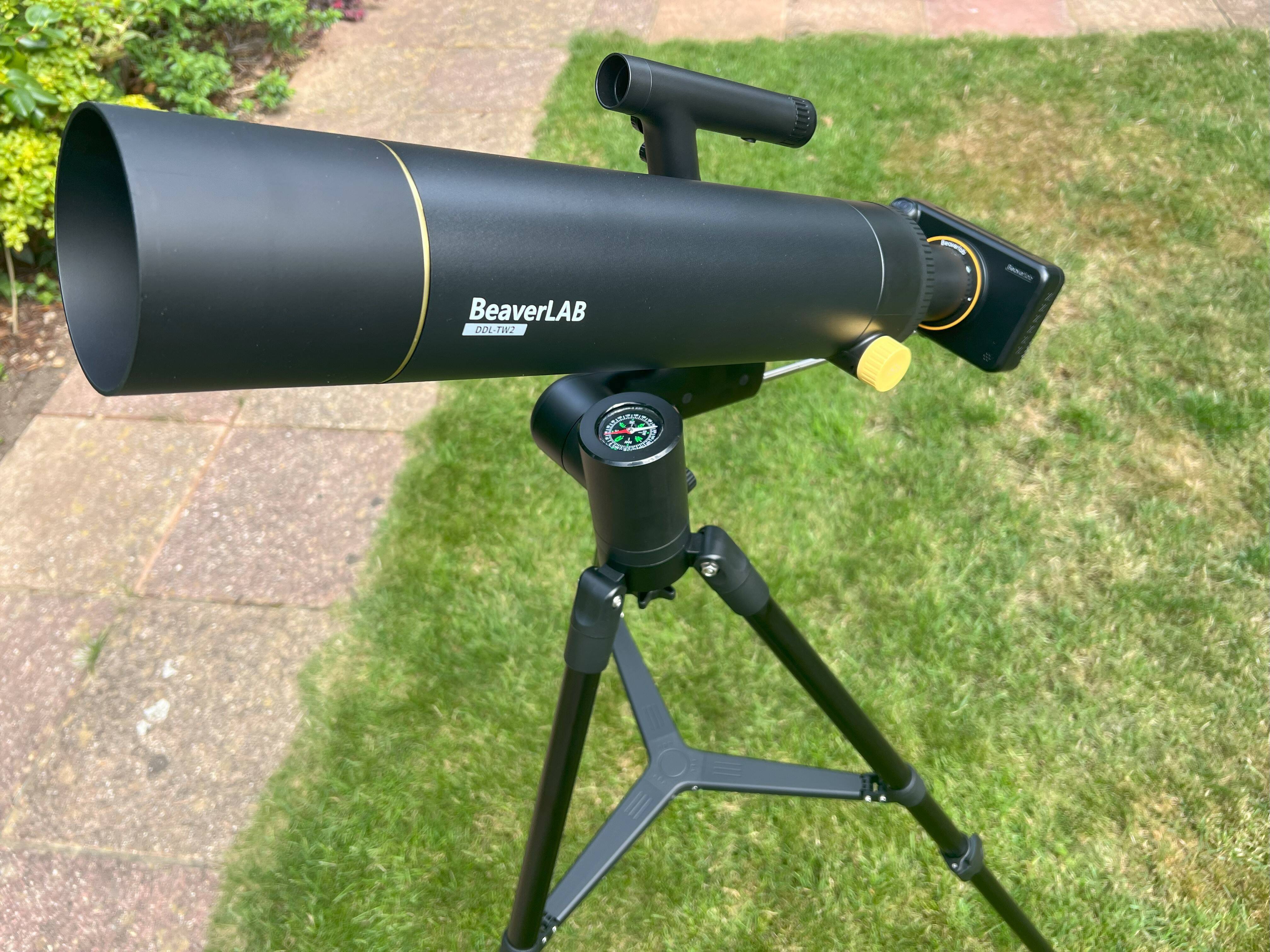









































































































































![[The AI Show Episode 143]: ChatGPT Revenue Surge, New AGI Timelines, Amazon’s AI Agent, Claude for Education, Model Context Protocol & LLMs Pass the Turing Test](https://www.marketingaiinstitute.com/hubfs/ep%20143%20cover.png)


















































































































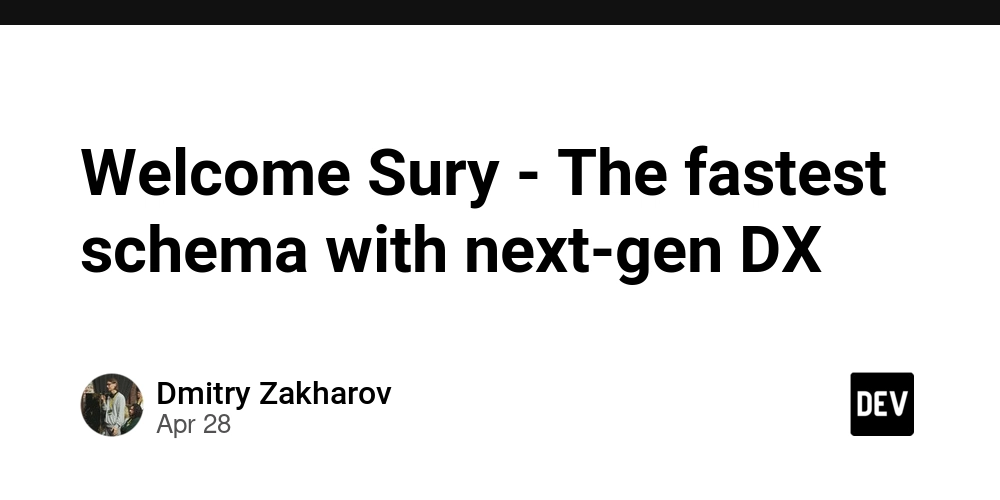


















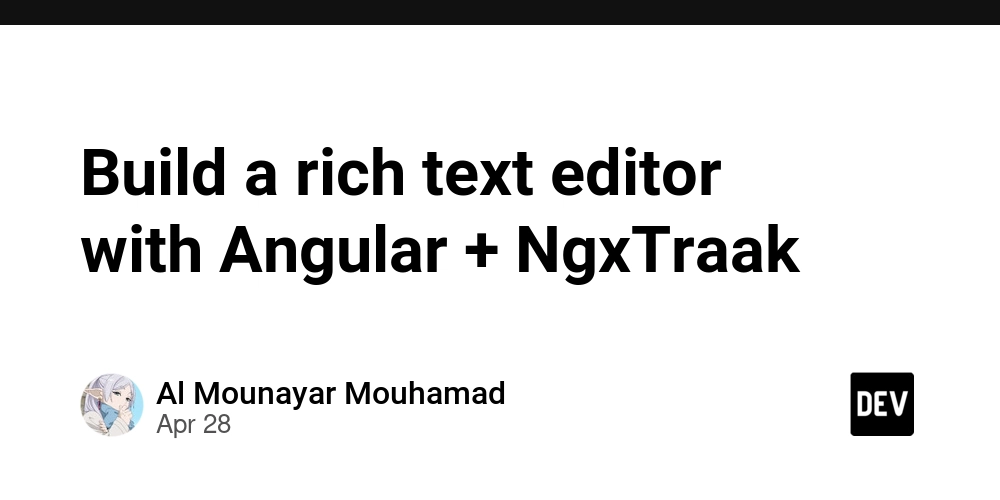





































































































































_Muhammad_R._Fakhrurrozi_Alamy.jpg?width=1280&auto=webp&quality=80&disable=upscale#)
_NicoElNino_Alamy.jpg?width=1280&auto=webp&quality=80&disable=upscale#)




















































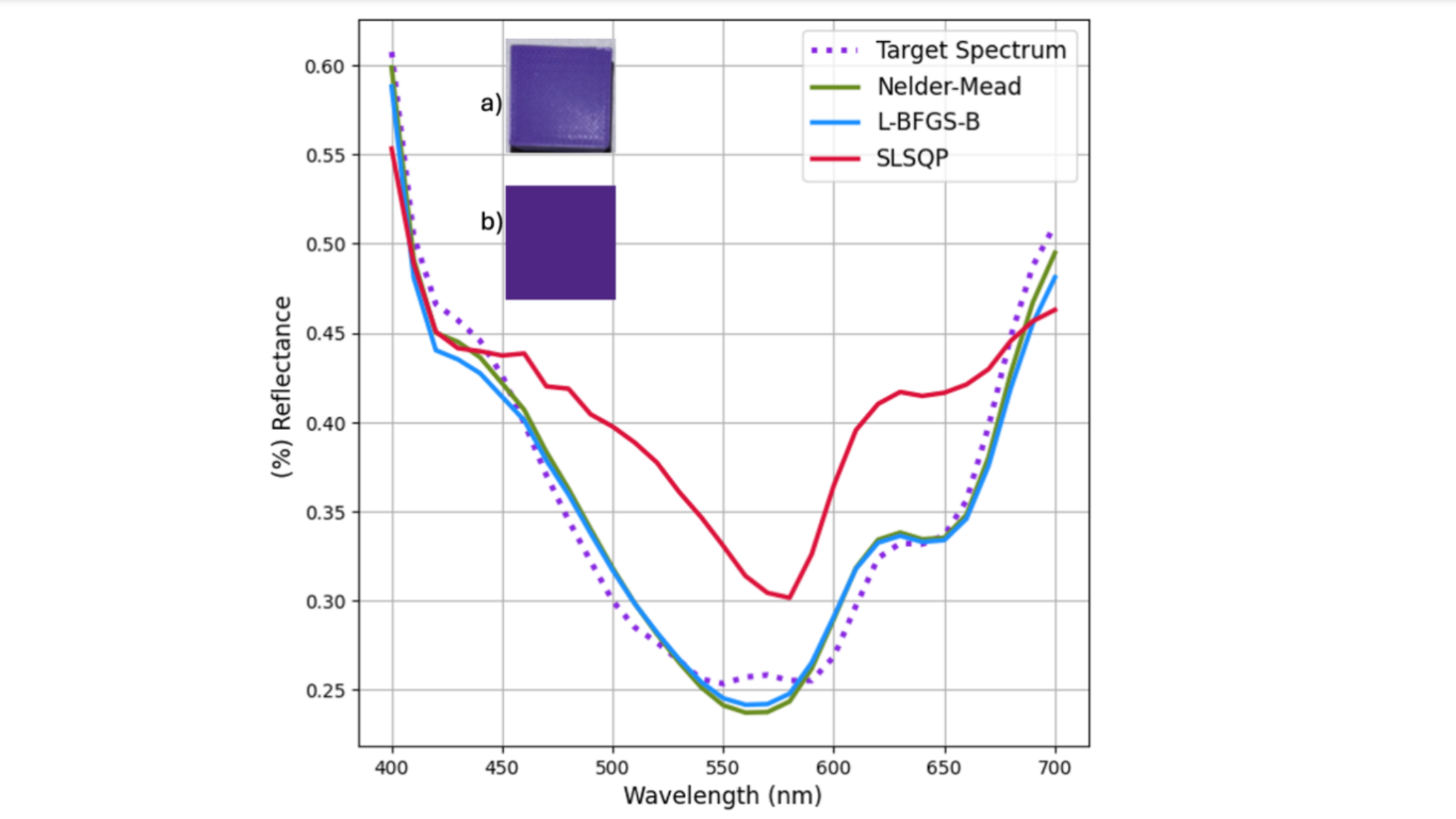































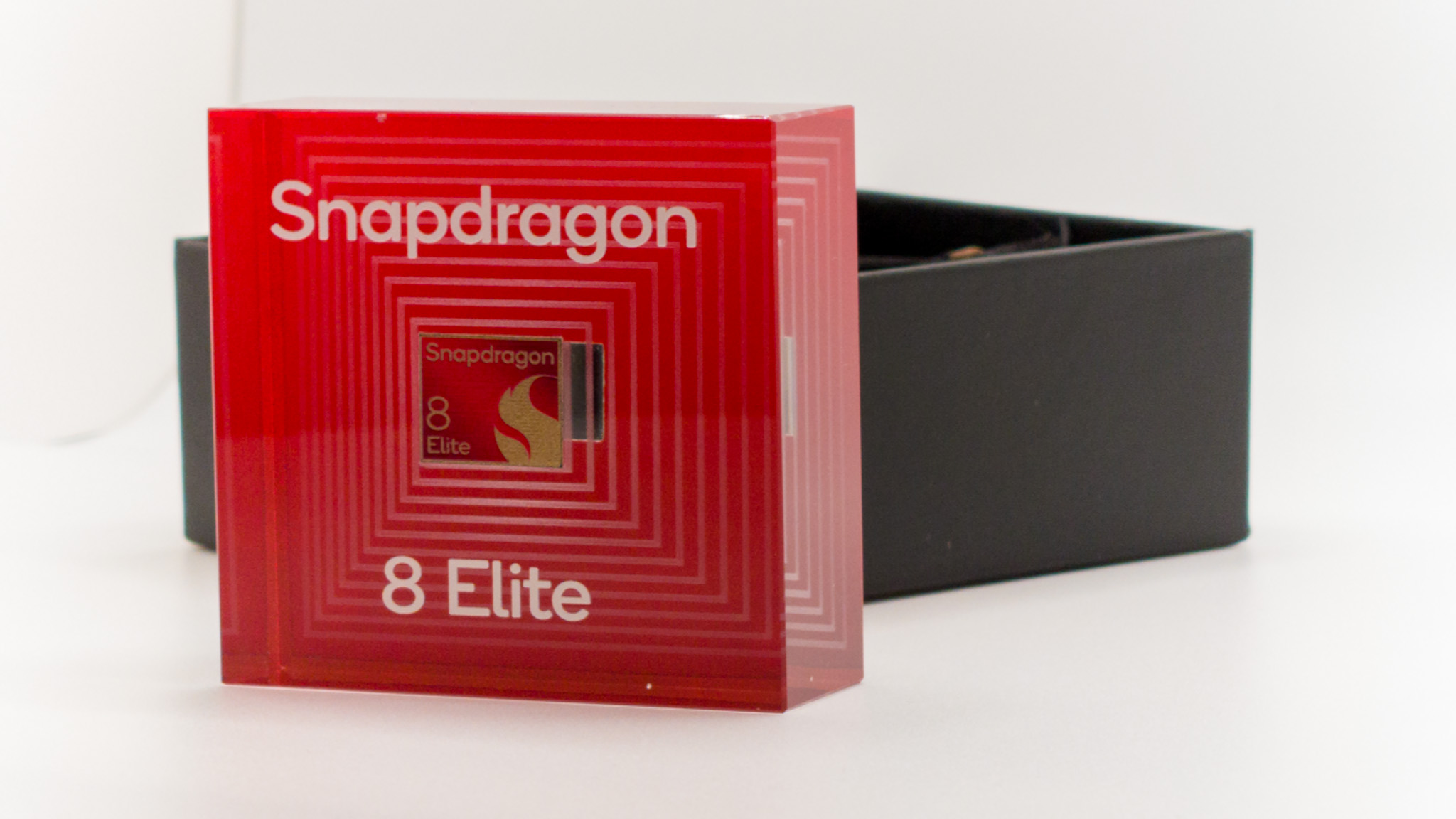
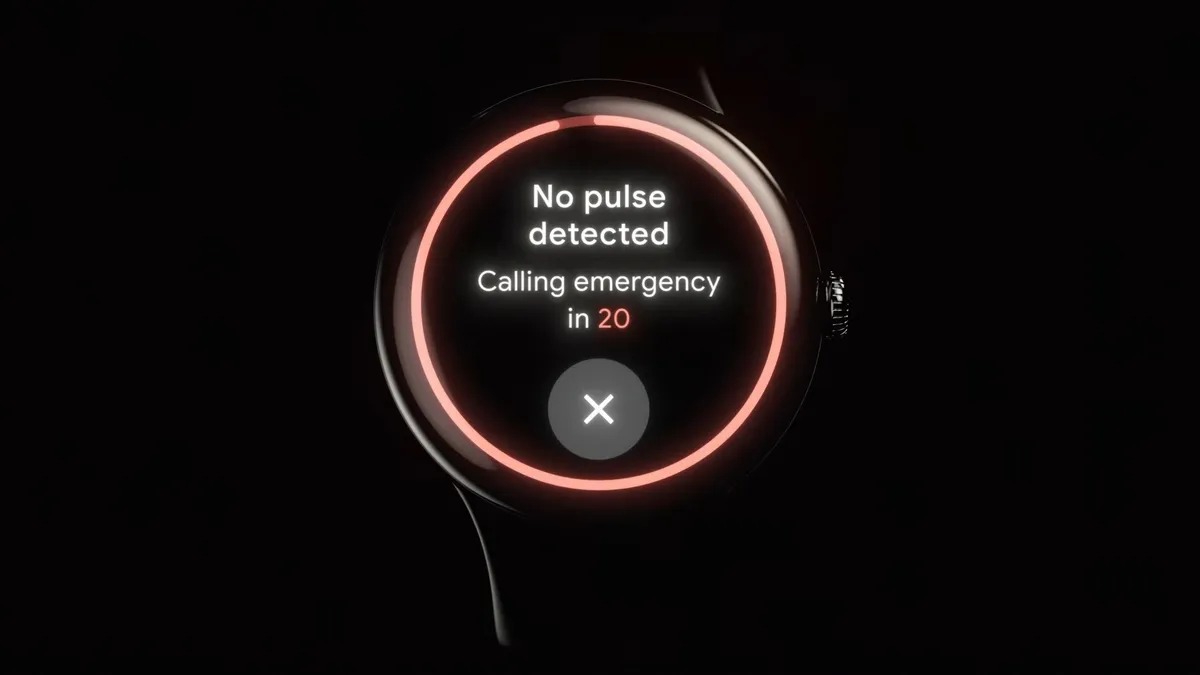




















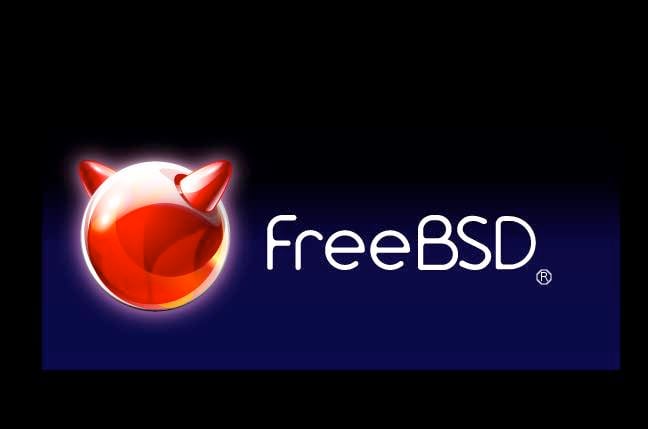

![AirPods Pro 2 With USB-C Back On Sale for Just $169! [Deal]](https://www.iclarified.com/images/news/96315/96315/96315-640.jpg)
![Apple Releases iOS 18.5 Beta 4 and iPadOS 18.5 Beta 4 [Download]](https://www.iclarified.com/images/news/97145/97145/97145-640.jpg)
![Apple Seeds watchOS 11.5 Beta 4 to Developers [Download]](https://www.iclarified.com/images/news/97147/97147/97147-640.jpg)
![Apple Seeds visionOS 2.5 Beta 4 to Developers [Download]](https://www.iclarified.com/images/news/97150/97150/97150-640.jpg)



















